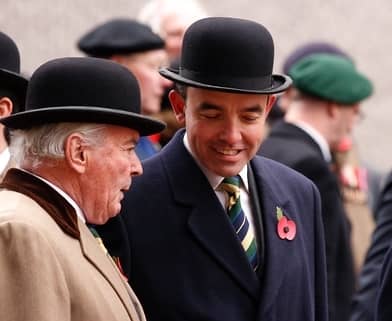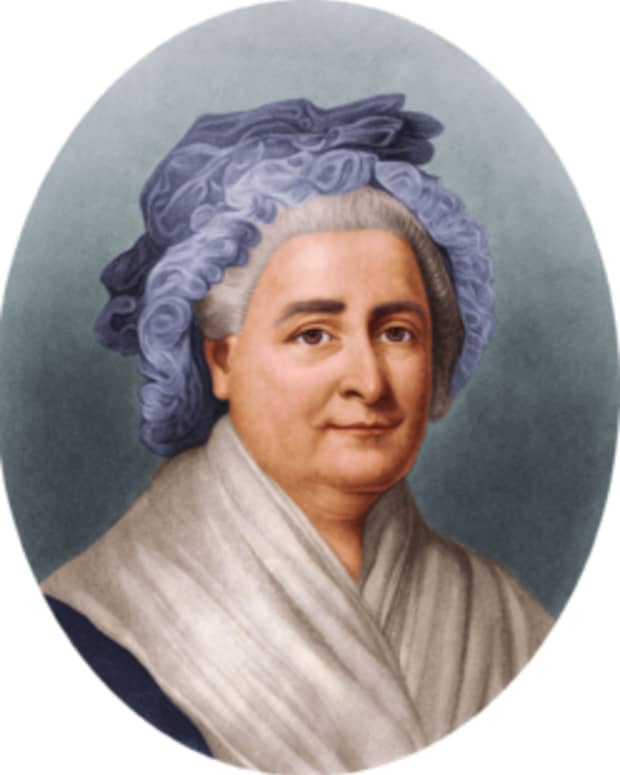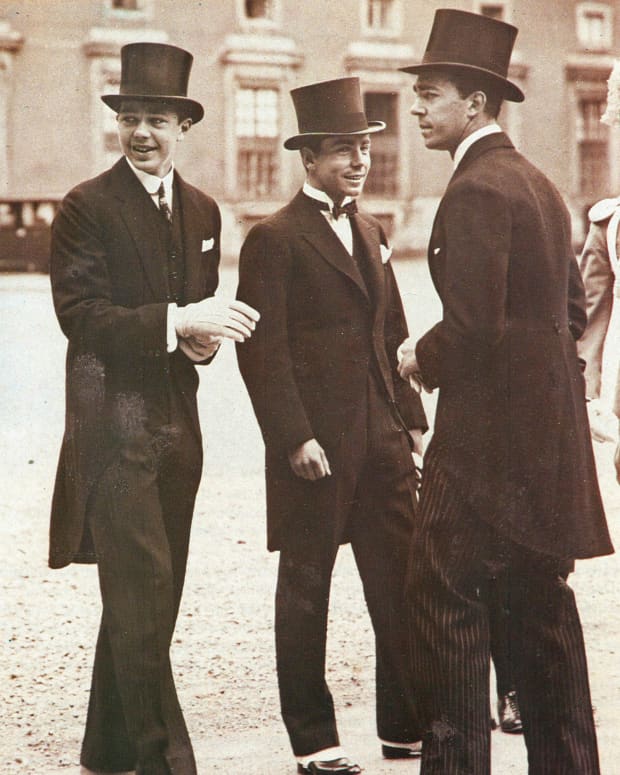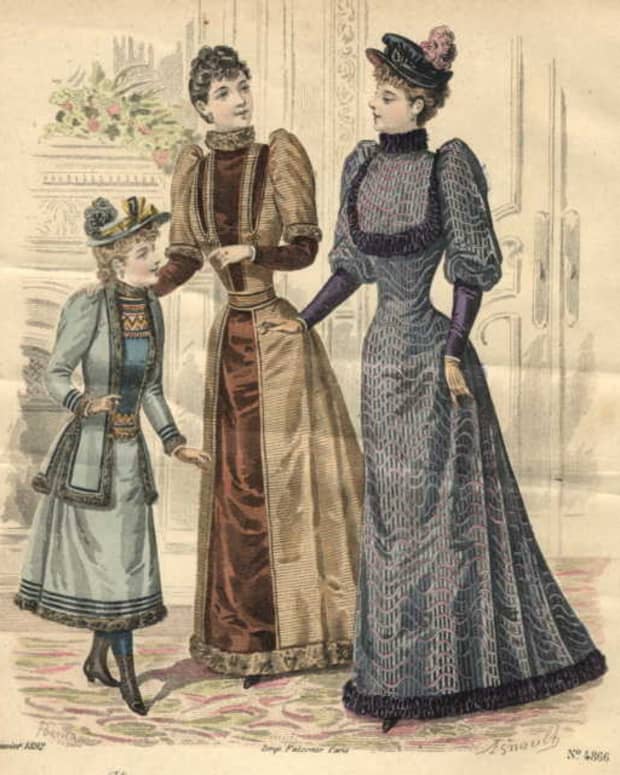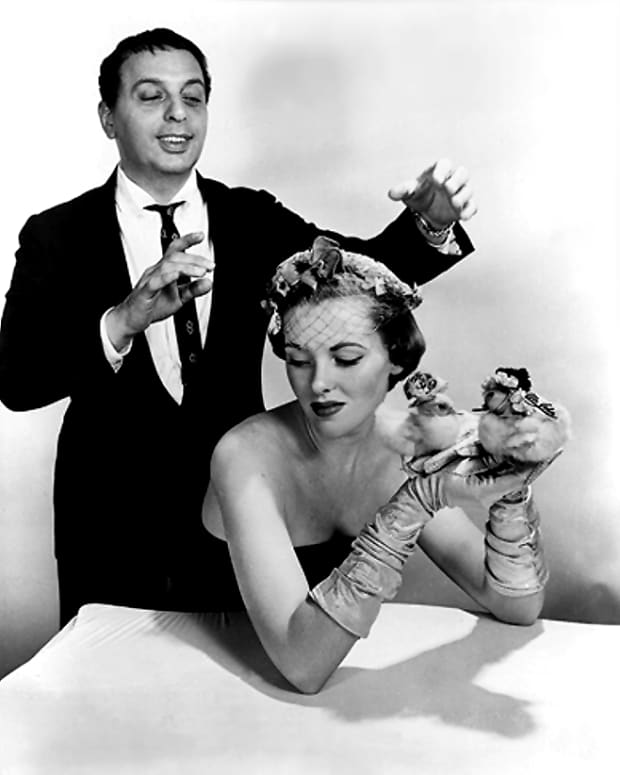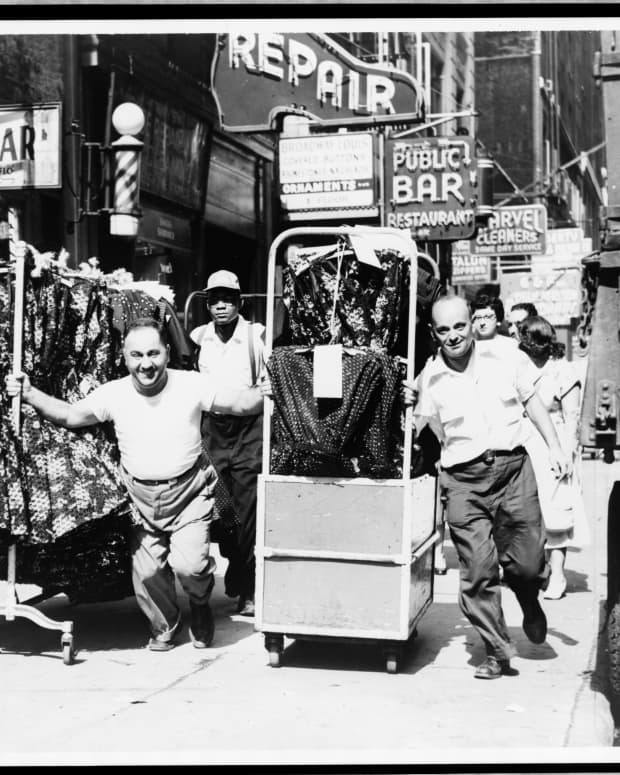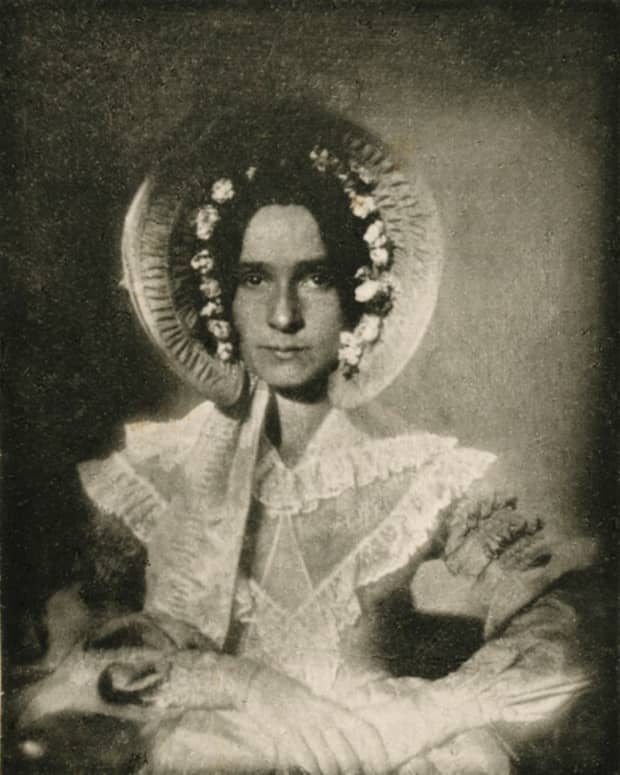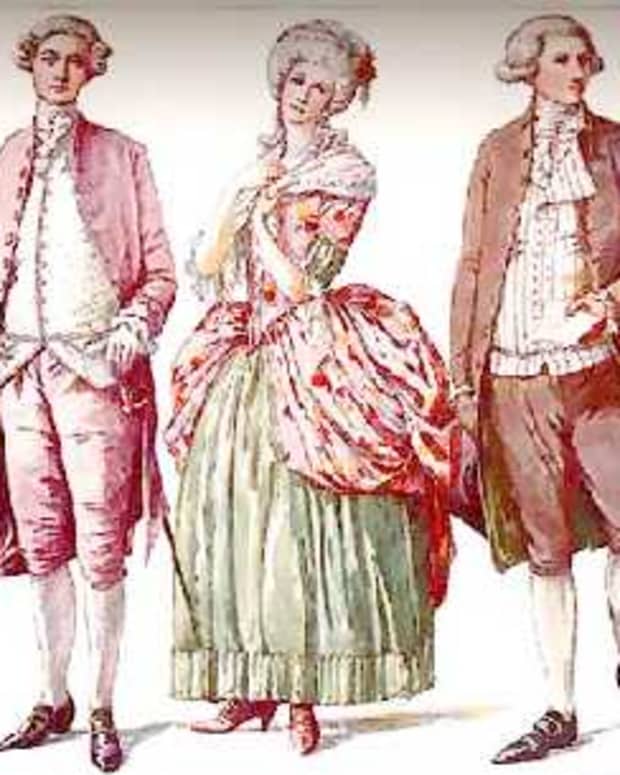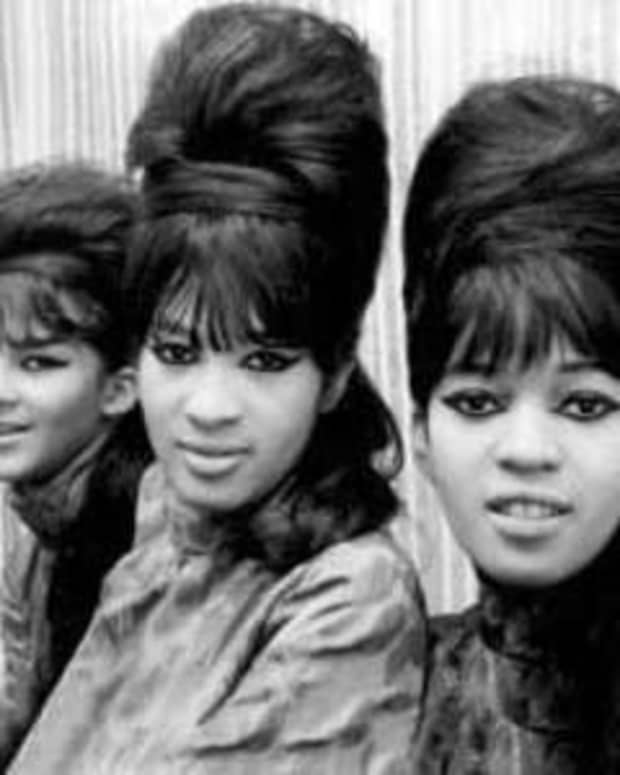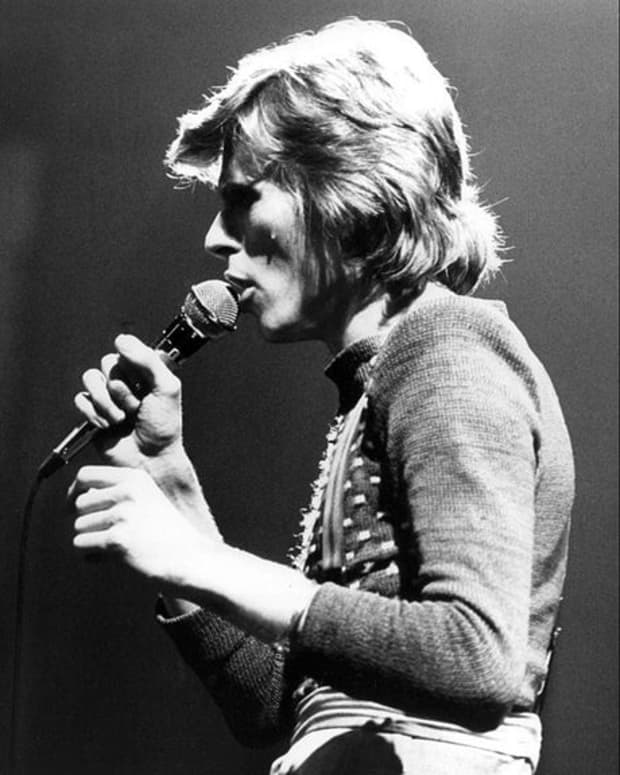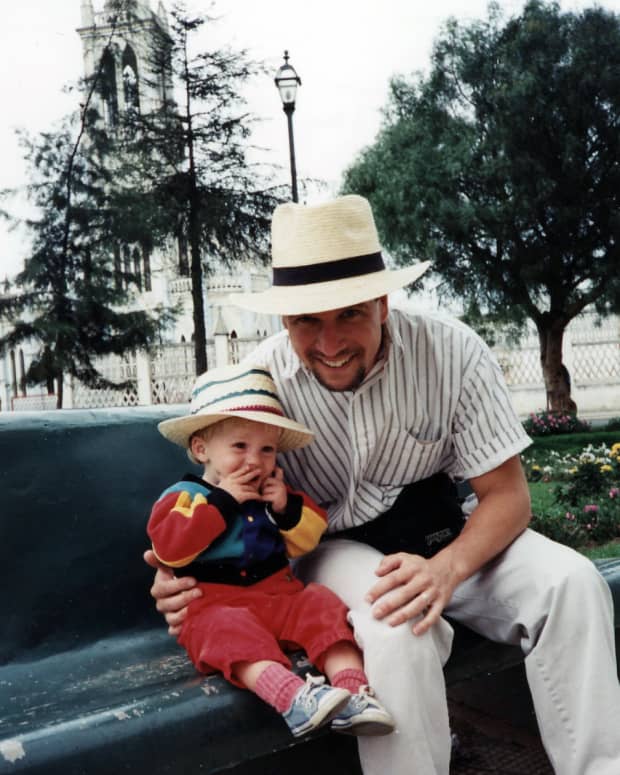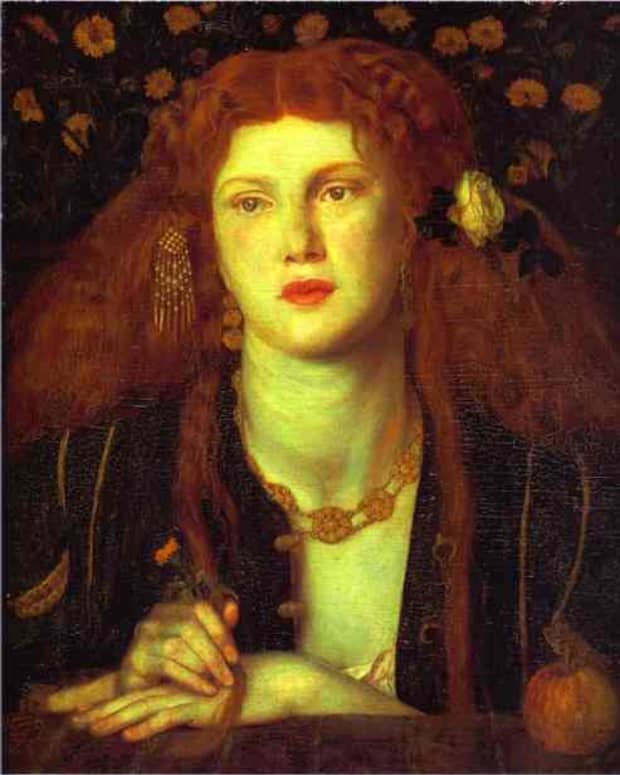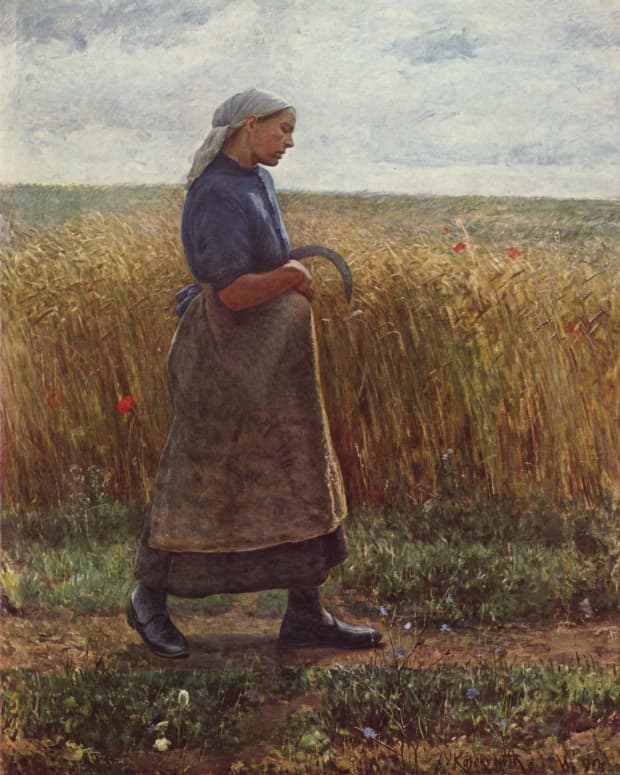A History of the Bowler Hat
I've spent half a century (yikes) writing for radio and print—mostly print. I hope to be still tapping the keys as I take my last breath.
For British bankers and civil servants, the bowler hat was part of the working uniform, along with the pin-striped suit and tightly furled umbrella. But it was so much more than that. In America, where it’s called the derby, it was also called “the hat that won the West,” not the Stetson. In Bolivia, it’s women who wear bowler hats, known as bombin.
The Origin of the Bowler Hat
The Earl of Leicester had a problem. The gamekeepers who patrolled his estate to deter poachers wore top hats, and these kept getting knocked off and damaged. Could somebody come up with a solution?
Yes indeed, somebody could. The earl’s younger brother Edward Coke (pronounced cook) sought out the services of the hat-makers Lock & Co. of St. James Street, a very up-market address, in central London. The commission was passed on to William and Thomas Bowler, who designed a strong, low-domed, tight-fitting hat covered with felt.
Coke showed up at the Lock’s place of business in December 1849 to inspect the creation. It’s said that he put the bowler on the floor and stomped on it a couple of times. He pronounced the headgear suitable for gamekeepers and paid the company 12 shillings (that’s about £50 in today’s money).
As was the habit of Lock & Co., they named the hat after the first customer to order it. The coke was born; it only later took of the name of its actual designers.
From Working Class to Middle Class
At first, the bowler hat was commonly used by working-class men in Britain. However, early in the 20th century, the hat became popular among London’s gentlemen of finance and governance.
Armies of bowler-hatted men marched into the City of London each morning to go about their toils in counting houses, bureaucracies, and law chambers. The attire became the mark of the “City Gent.”
At the same time, it was lifted from the head of the working man, who replaced it with the cloth cap. The type of hat worn became a statement about Britain’s class system.
But, fashions change, the bowler hat came in for a bit of ridicule over snobbishness, and its popularity faded, replaced by a more casual look. However, those who follow such things say the bowler hat is making a bit of a comeback.
The American Derby Hat
When the coke/bowler crossed the Atlantic to settle on the heads of Americans it also acquired a new name―in the United States it’s called a derby. However, the name also owes its provenance to a British aristocrat.
Edward Stanley, the twelfth Earl of Derby set up a horse race in 1780. The race took his name and became known as a derby. When bowler hats arrived, stylish gentlemen wore them to watch the derby. Americans had their own Kentucky Derby and they took the name and attached it bowlers.
The derby became popular with cowboys and railroad workers. Author Lucius Beebe was moved to write that “the authentic hat of the Old West was the cast iron derby, the bowler of old Bond Street, and the ‘chapeau melon’ of French usage.” He added that “only a very small fraction of the population of the West, and that largely in Texas and concerned with ranching, wore a Stetson or other variety of shade hat.”
Famous outlaws in the rough-and-tumble days of the nineteenth century wore derbies; the list includes Billy the Kid, Butch Cassidy, and Black Bart. Hollywood movies notwithstanding, officers of the law such as Bat Masterton also wore derbies.
The Bolivian Bombin
In the 1920s, a large number of British workers were in Bolivia building railways. A hat maker shipped a consignment of bowlers out to the men, but they were either too small or the wrong colour (sources disagree).
Read More From Bellatory
Domingo Soligno, a wily entrepreneur, came to the rescue. He convinced Aymara and Quechua Indian women that the hats were all the rage among the fashionistas of Europe.
It worked and today the bombin (bowler in Spanish) is worn with pride or, more accurately, perched on the head of Indigenous Bolivian women.
If it’s placed on the top of the head, it signifies the woman is married; tilted to one side is an indication that she is single or widowed. According to a Bolivian joke, if the hat is put on the back of the head it says “I’m in a relationship, but it’s complicated.”
Bowlers in Popular Culture
The headgear became part of the iconic costume of comedic no-hopers such as Charlie Chaplin, Laurel and Hardy, Curly Howard of the Three Stooges, and Roscoe “Fatty” Arbuckle.
At the other end of the cinematic class system was the suave and sophisticated Patrick Macnee (John Steed of The Avengers), the cunning and self-effacing intelligence officer Alec Guinness (George Smiley in adaptations of John le Carré’s novels)
On the darker side, the teenage Droogs in Anthony Burgess’s dystopian novel A Clockwork Orange (adapted as a movie of the same name by Stanley Kubrick) wore bowlers as they went about the ultra-violent attacks on random people. Harold Sakata (Oddjob in Goldfinger) wore a bowler with a sharpened steel rim, which, when thrown like a Frisbee, became flying guillotine.
Women in movies took to wearing bowlers to fetching effect. Bette Davis, Marlene Dietrich, and Anita Ekberg turned the hat into a natty accessory. Lisa Minnelli in Cabaret made the chapeau look really good, as did Ann Reinking in All that Jazz.
There’s no better way to wrap this up than with another viewing Ms. Reinking’s brilliant execution of Bob Fosse’s choreography. Sadly, Ann Reinking died on December 12, 2020.
Bonus Factoids
- Thomas Edward Coke is the 8th Earl of Leicester and he currently manages the family estate at Holkham Hall in Norfolk. He gives a new bowler hat to his gamekeepers after they complete one year of service.
- The deadly bowler used by Oddjob in the movie Goldfinger was made by the hatters Lock & Co., who created the style in 1849. Oddjob's hat was sold at auction in 2006; it fetched a price of $36,000.
Sources
- “The Coke or Bowler.” Lock & Co., Hatters, undated.
- “Hat Trick: the History of the Iconic British Bowler.” Discover Britain, undated.
- “The Hat that Won the West.” Lucius Beebe, The Deseret News, October 26, 1957.
- “Derby.” Encyclopedia of Fashion, undated.
This content is accurate and true to the best of the author’s knowledge and is not meant to substitute for formal and individualized advice from a qualified professional.
© 2020 Rupert Taylor
Comments
Peggy Woods from Houston, Texas on December 16, 2020:
You have given us a good history lesson regarding a bowler hat, and how they have been worn through the years. Charlie Chaplin and others did their part to popularize that head adornment. I enjoyed learning about how it was used in social status situations, etc.
John Hansen from Gondwana Land on December 16, 2020:
No, I can't recall ever seeing one in Australia, but now I can't get the image of a bowler hat with corks out of my mind.
Rupert Taylor (author) from Waterloo, Ontario, Canada on December 16, 2020:
Growing up in England I don't recall ever seeing a bowler outside of London. I don't imagine they were big in Australia; tough to hang corks from the narrow and hard brim.
John Hansen from Gondwana Land on December 15, 2020:
This was a great read, Rupert.I loved learning the history of the bowler hat (derby) and will always associate it with the characters John Steed (Patrick McNee) Of the Avengers, and Bat Masterson (Gene Barry). I didn't know about the introduction to the Bolivian women. They were duped but embraced it.

